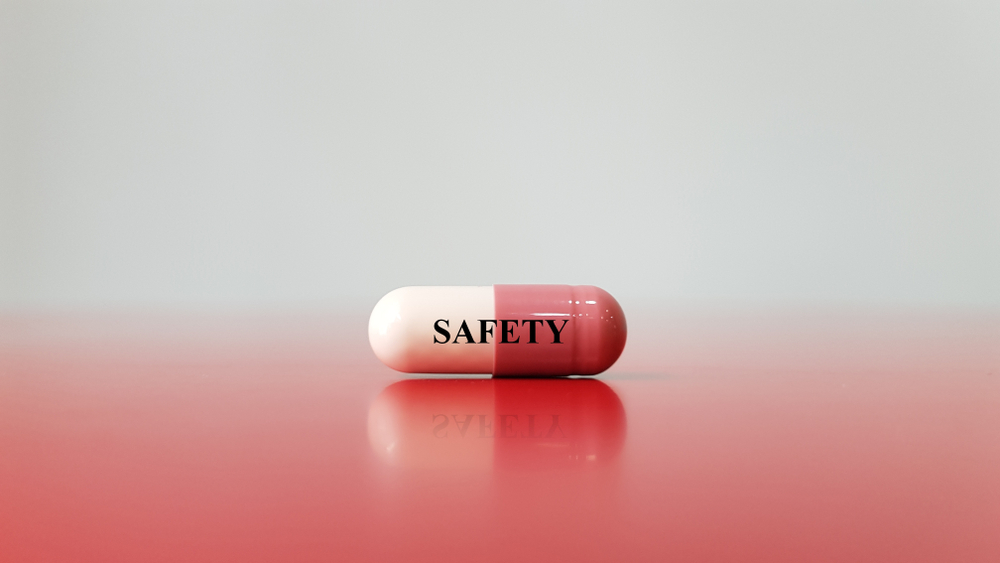How has pharmacovigilance changed since the COVID-19 pandemic?
Drug safety jobs escalated in importance when Covid-19 shocked the world in 2020. Pharmacovigilance (PV) also became a hot topic as nations tried to navigate the best way out of the pandemic. The industry was put in the limelight, and pressure was placed on the life sciences market to determine the best outcomes for Covid patients while trying to stop the virus in its tracks.
Pharmacovigilance teams across the globe were suddenly provided with a paramount task – gathering and analysing data from pandemic clinical trials as well as post-marketing settings. At this point, many pharma companies took to new innovations to swiftly monitor the safety and efficiency of vaccines and drugs used to “flatten the curve.”
Many of these new strategies changed pharmacovigilance for the better and are now being used to monitor new and older drugs on the market. The result: better patient outcomes.
But what are these changes?
A better reaction to change
Firstly, a better response to change was implemented. According to Annette Williams, IQVIA’s vice president and global head of lifecycle safety, the pharmacovigilance industry was resistant to change prior to the pandemic. However, due to the dire need for swift action, the industry had to adapt quickly and think differently.
The Covid-19 crisis encouraged life scientists to reassess the way they operated and proved to teams that change can be a positive way forward. For example, with the MHRA, in order for patients to report to them directly, they modified their Yellow Card Scheme and significantly increased the amount of artificial intelligence tied to it.
Expanded use of AI and automation tools
The increased demand for PV intervention prompted many life sciences sectors to assess new technologies and adopt new tools to meet the demands of the health industry while keeping employees safe.
This is where AI became a crutch and has continued to improve the standards of drug safety practices. For example, AI-enabled chatbots now help streamline more administrative processes, and the intelligence is being used to gather accurate data where there’s little to no room for human error.
Additionally, sorting and identifying instances where there are multiple reports of adverse events with a specific drug is one of the most important activities in pharmacovigilance. By automating time-intensive intake activities this tool allows healthcare professionals to focus on activities that are most meaningful for patients — signal detection and investigation.
Other ways AI has changed PV include:
-
Improved drug screening
-
Faster drug development
-
Better quality control and management
-
Accurate market prediction and analysis
-
Product cost estimation
AI continues to expand in drug safety with future trends expected to meet the demands for personalised drugs and therapies.
A new era of adverse event reporting
Adverse Event Reporting Systems (AERS) were used pre-pandemic. Forming part of AI technology, these systems became even more crucial in the effective monitoring of medication safety and public health when the pandemic arose. Diligent reporting was needed to curb misinformation and provide accurate feedback so that misinterpretations wouldn’t cause unnecessary hypes and dangerous trends.
This new era of adverse event reporting has resulted in better transparency in the health industry, providing patients with clearer information on drugs and treatments and their effects.
Are you ready to enter a life sciences career that embraces change?
Are you looking to take the next step in your life sciences career? Well at QCS Staffing, we put candidate care first, meaning that we take the time to find out what you’re looking for in your next role.
QCS Staffing is run by a results-driven team that’s eager to see positive changes in the health and life sciences industry. One of our priorities is pharmacovigilance recruitment – we want to connect the best candidates to the best PV roles so that the sector can flourish. Our values and determination are what help us to perfect this process time and time again.
If you want to start or enhance your career then we browse our exciting range of pharmacovigilance jobs. Need more info? Contact us, and we’ll happily assist you!







